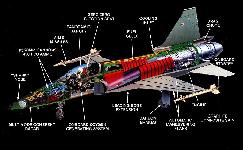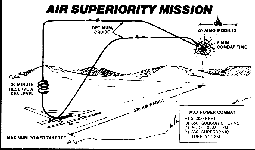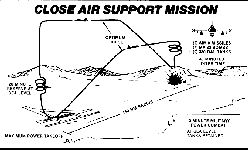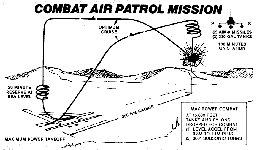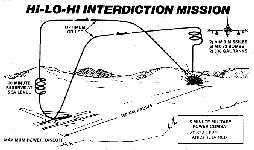| Maximum Speed | Mach 2 class |
| Sea level rate-of-climb | 52,800 feet/minute |
| Combat ceiling | 54,700 feet |
| Takeoff distance | 1,600 feet |
| Takeoff Distance | 4,200 feet |
| Scramble order to brake release | 52 seconds |
| Scramble order to 29,000 feet | 2.5 minutes |
| Time to 40,000 feet from brake release | 2.3 minutes |
| Acceleration Time | 0.3M to 0.9M, at 10,000 feet 28 seconds |
| Sustained Turn Rate | 0.8M at 15,000 feet 11.1 degrees/second |
| Maximum Load Factor | 9g |
| Length | 46 ft 6 in |
| Height | 13 ft 10 in |
| Wing Span | 26 ft 8 in |
| Internal Fuel | 5,050 lbs |
| External Fuel | 6,435 lbs |
| Takeoff Weight | clean 18,005 lbs |
| Combat Thrust/Weight ratio | 1.1 |
| Combat Weight | 50% fuel, 2 AIM-9 missiles 15,820 lbs |
| Maximum Weight | 27,500 lbs |
| Armament |
Two AIM-9 missiles
Five pylons, more than 8,300 lbs external armaments |
|
